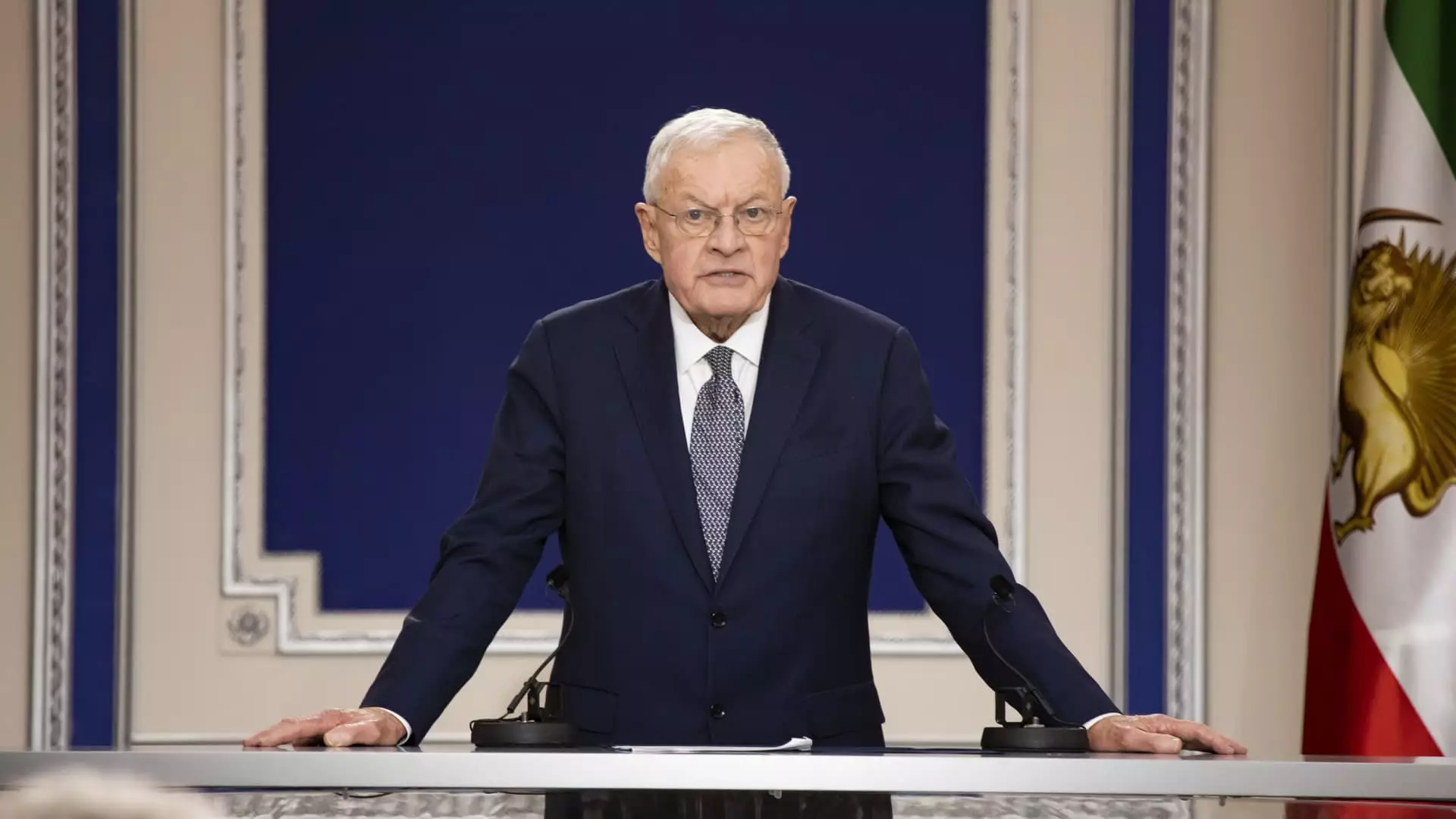In the context of ongoing tensions between Ukraine and Russia, the potential for a peace plan is gaining attention once again. Keith Kellogg, the U.S. Special Presidential Envoy for Ukraine and Russia, hinted at an expedited resolution timeframe during the Munich Security Conference. “I’m on Trump time,” he emphasized, underscoring the urgency and fast-paced decision-making traditionally associated with former President Donald Trump. Kellogg’s remarks serve as both a signal of optimism and a reminder of the complexities that define international diplomacy. With both parties seemingly engaged, the prospect of reaching a resolution within days or weeks, rather than months, presents a shift in the narrative surrounding this protracted conflict.
Kellogg articulated a strategy characterized by a “dual-track” approach to negotiations. This involves U.S. representatives communicating with both Russia and Ukraine, alongside allied nations in Europe. His emphasis on inclusion is noteworthy; he firmly asserts that excluding key stakeholders, particularly Ukraine and its European allies, could undermine the sustainability and legitimacy of any peace agreement. The dynamics of international relations are often filled with tension and friction, yet Kellogg’s insistence on collaboration positions the U.S. as a mediator seeking comprehensive peace rather than a unilateral solution.
The complexities of these discussions are compounded by the diverse interests at play. For instance, while Kellogg acknowledged that Europe might not have a physical presence at the negotiation table, he assured stakeholders that European interests would remain central to the dialogue. This highlights a strategic consideration — avoiding large, unwieldy discussions that may dilute the focus and effectiveness of negotiations while still acknowledging the importance of collective interests.
One particularly critical aspect of the negotiations concerns the establishment of credible security guarantees for Ukraine. When pressed for details, Kellogg candidly admitted that specifics are yet to be defined. This admission reflects a broader challenge in the negotiations—balancing immediate tactical needs with long-term strategic interests. In an environment rife with skepticism and apprehension, Kellogg articulated a common U.S. shortcoming: a tendency to view global issues solely through an American perspective. Such a narrow lens can obscure understanding of the intricate cultural, historical, and political nuances that characterize Eastern European geopolitics.
As global defense and security officials gathered at the Munich conference, they emphasized the importance of an inclusive approach in forging a legitimate peace. The recent developments, including President Trump’s dialogues with both Russian President Vladimir Putin and Ukrainian President Volodymyr Zelenskyy, hint at a growing willingness to engage multiple stakeholders in discussions, though this approach remains fraught with challenges.
Concerns regarding the potential sidelining of Europe have pervaded the conference discussions. High-ranking officials from the European Union have insisted that any lasting resolution must include European involvement, underlining the historical and political ties that bind the continent to the U.S. Croatia’s Prime Minister, Andrej Plenković, articulated a profound truth: achieving a peace deal is not just about avoiding conflict; it is about safeguarding Ukraine’s territorial integrity. This sentiment reverberates through the halls of European politics, where memories of territorial disputes remain fresh.
Iceland’s Prime Minister, Kristrún Frostadóttir, echoed the unease within Europe about the direction of U.S. foreign policy, noting that uncertainty about America’s intentions could further complicate collaboration. This sentiment highlights a critical tension: the complex interplay between U.S. interests and European sovereignty requires careful navigation if sustainable peace is to be achieved.
The conversations emerging from the Munich Security Conference signal a pivotal moment in the Ukraine-Russia conflict, moving towards what may ultimately be a crucial resolution. However, the future remains uncertain. As Kellogg and other officials grapple with a multitude of complex issues, international stakeholders must remain vigilant. By fostering dialogue that recognizes the importance of all parties involved, especially those directly impacted, the world may yet witness a breakthrough that promises not only temporary respite but a durable peace that benefits Ukraine and the broader European landscape. The path forward demands collaboration and an understanding that sustainable peace hinges on inclusivity and mutual respect among all nations involved.

